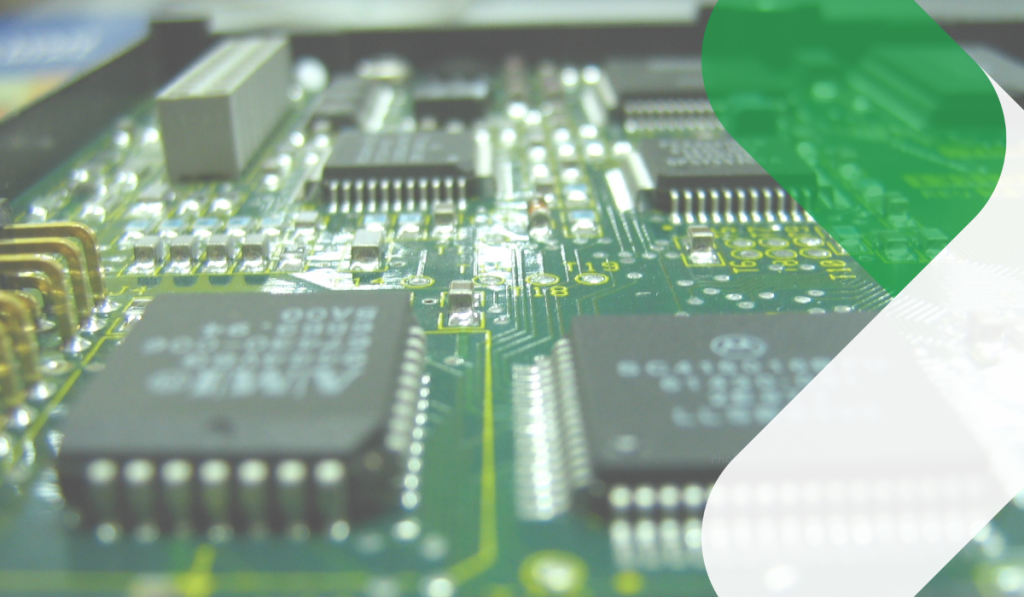R&D, as the pioneering force, is driving transformative advancements in embedded engineering, reshaping the landscape of interconnected technologies. Through continuously exploring new technologies, pushing the boundaries of performance, and addressing emerging challenges, R&D initiatives are redefining what embedded systems can achieve across various industries, inspiring a future of endless possibilities.
Exploring New Technologies
R&D is vital in driving innovation within embedded engineering by leading the discovery and integration of cutting-edge technologies. The global market for embedded systems is projected to grow significantly, from $121.2 billion in 2023 to $176.36 billion in 2031, fueled by increasing demand across healthcare, automotive, and consumer electronics sectors.
R&D efforts are instrumental in bringing to fruition the advanced hardware components, such as high-performance processors and miniaturized sensors, which are crucial for enhancing the capabilities and efficiency of embedded systems. Moreover, R&D initiatives focus on pioneering complex software solutions, including real-time operating systems (RTOS) and efficient communication protocols, essential for enabling seamless connectivity and data processing in IoT applications.
As IoT applications become more common, the demand for efficient and secure device management solutions is escalating. Industries ranging from manufacturing to healthcare and automotive increasingly rely on IoT devices to enhance operational efficiency, improve product quality, and foster innovation. Thus, robust R&D efforts are needed to design solutions that ensure seamless integration, secure communication, and efficient management of multiple interconnected devices. The challenge lies in developing embedded systems that meet the performance requirements, adhere to strict security standards, and provide ease of use for various stakeholders.
At rinf.tech, we built an advanced zero-touch IoT device onboarding solution that leverages embedded systems’ power to revolutionize how manufacturing plants connect and manage their IoT devices. The solution integrates various technologies, including OpenCV, OpenVINO, MQTT, and AMQP, to provide a reliable and secure system for connecting devices to enterprise networks effortlessly. The embedded system architecture at the heart of the solution enables the automation of the onboarding process, ensuring seamless and secure connectivity without manual intervention. This improves safety and operational efficiency and enhances security by protecting the IoT devices and the enterprise network from potential threats and vulnerabilities.
By integrating embedded systems into the solution, we created a robust and efficient onboarding system that streamlines the process, improves data accuracy, and drives business growth.
Pushing Performance Boundaries
Continuous R&D investments drive significant improvements in embedded systems’ performance metrics. These efforts require enhanced power efficiency, increased processing speeds, and optimized memory utilization, which are essential for meeting modern applications’ rigorous demands.
In sectors like industrial automation and logistics, where reliability and operational efficiency are paramount, R&D innovations enable devices to operate with greater precision and responsiveness. For instance, one of our implementations for a logistics client involved deploying an advanced inventory management tracker system. This innovative solution leverages embedded systems’ power to revolutionize how hospitals and healthcare facilities manage their consignment inventory items. At the heart of this solution is a custom-designed smart tracker device built using STM32 microcontrollers and S2-LP and Quectel NB-IoT transceivers, enabling real-time monitoring of consignment item usage. The device’s embedded system architecture allows it to send periodic updates to a central management platform, providing valuable insights into consumption patterns and enabling data-driven decision-making. The embedded system’s low power consumption and long battery life ensure the device can operate reliably for extended periods without requiring maintenance.
By integrating embedded systems into the solution, we created a robust and efficient inventory management system that improves visibility, reduces waste, and optimizes inventory levels, ultimately driving cost savings and enhancing the overall efficiency of healthcare facilities.
Furthermore, ongoing research into new materials and design techniques facilitates the development of smaller, more durable embedded systems capable of withstanding harsh environmental conditions. This focus on performance enhancement enhances user experience and drives competitiveness in a crowded marketplace.
Addressing Emerging Challenges
As embedded systems become increasingly connected and integrated into our daily lives, the need to address security vulnerabilities and privacy concerns has become paramount. R&D efforts in this space are crucial to staying ahead of evolving threats and ensuring the safety and privacy of end-users. Embedded systems, which power a wide range of devices from smart home appliances to industrial automation equipment, are often seen as potential entry points for cyber-attacks. Malicious actors may attempt to exploit vulnerabilities in the software or hardware of these systems to gain unauthorized access, disrupt operations, or steal sensitive data.
R&D efforts are focused on developing privacy-preserving data management strategies, such as data anonymization, secure data storage, and user-centric consent mechanisms, to ensure that sensitive information is handled responsibly and complies with evolving data protection regulations.
Another key challenge facing embedded systems is the issue of electromagnetic interference (EMI) and ensuring system robustness in harsh environments. Embedded devices are often deployed in environments with high levels of electromagnetic noise, such as industrial settings or areas with dense wireless communication infrastructure. This can lead to signal disruptions, data errors, and system failures. R&D teams are working to develop advanced shielding techniques, noise-cancellation algorithms, and robust circuit designs to mitigate the impact of EMI on embedded systems. This includes using specialized materials, innovative circuit topologies, and advanced signal processing algorithms to ensure that embedded devices can operate reliably and consistently, even in the most challenging environments.
Furthermore, embedded systems are often required to function in harsh conditions, such as extreme temperatures, high humidity, or exposure to vibrations and shocks. R&D efforts are focused on enhancing these systems’ overall robustness through rugged hardware components, advanced thermal management solutions, and complex fault-tolerance mechanisms. This ensures that embedded devices can operate reliably and deliver their intended functionality, even in demanding environmental conditions.



